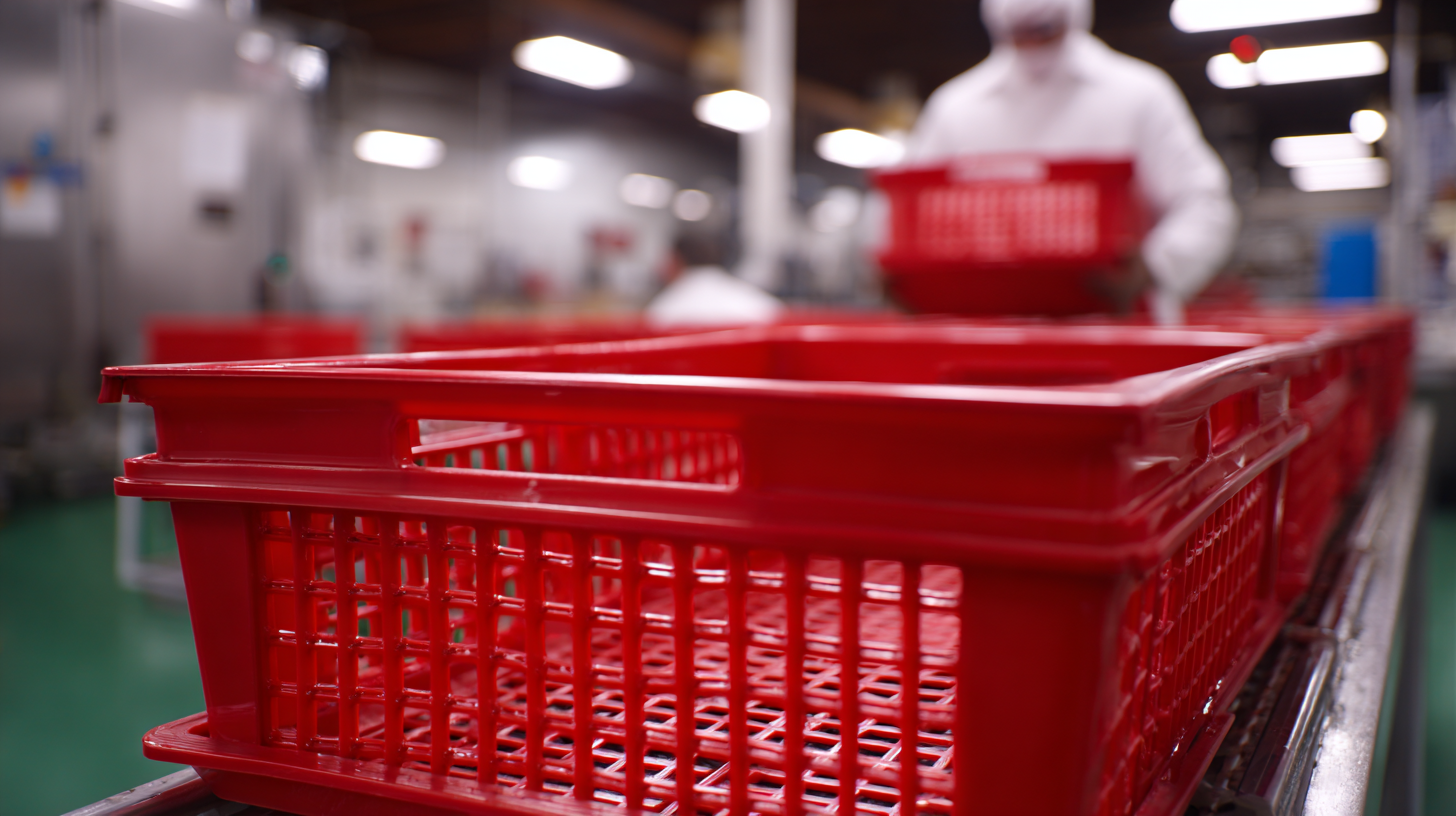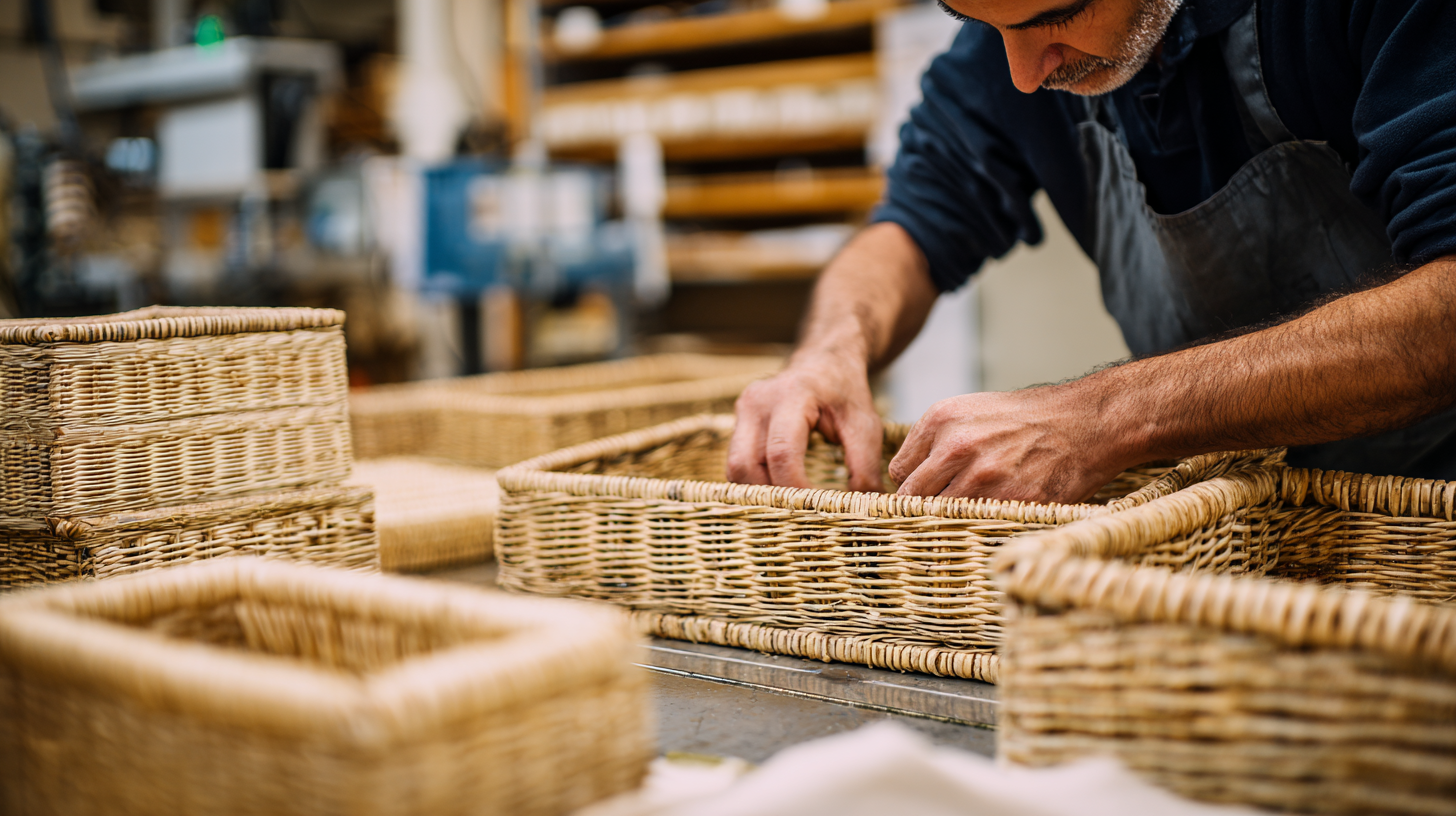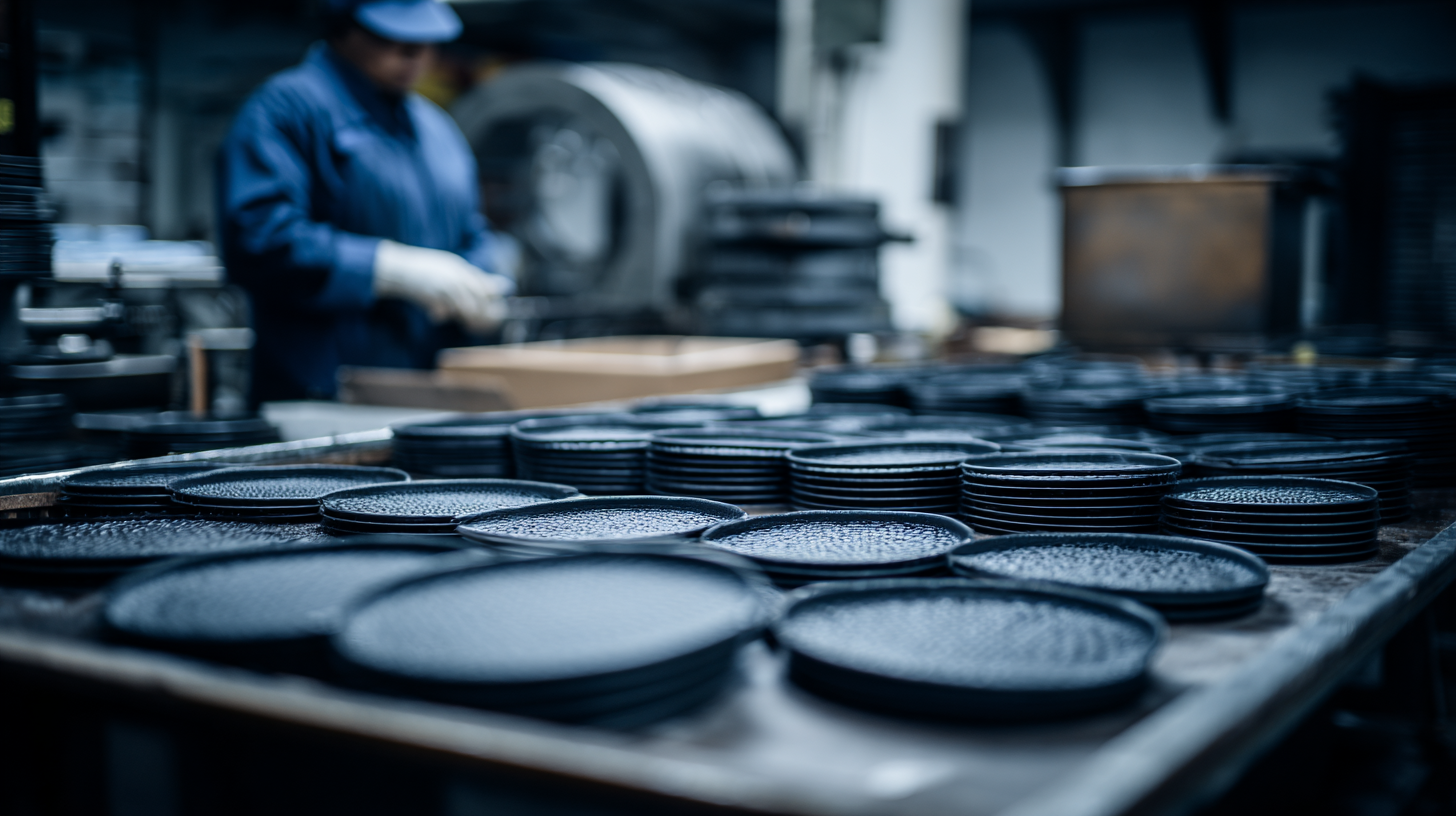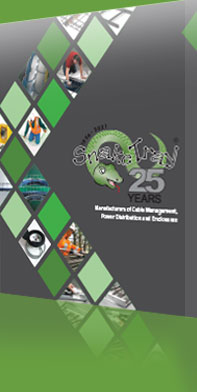Setting the Benchmark: Industry Standards for the Best Basket Tray Production
In the rapidly evolving field of electrical and communication infrastructure, the demand for high-quality basket trays has surged, reflecting their critical role in organizing and supporting cable systems. According to a recent market analysis by Research And Markets, the global cable tray market is projected to reach $7.3 billion by 2027, with basket trays constituting a significant portion of this growth due to their versatile applications and robust design. This underscores the necessity for manufacturers to adhere to stringent industry standards to ensure safety, performance, and sustainability.

To navigate this competitive landscape, it is essential to implement top strategies that not only elevate the production quality of basket trays but also align with regulatory requirements and customer expectations. In this blog, we will delve into the best practices and benchmarks that define excellence in the basket tray production process, setting a standard for both innovation and reliability in the industry.
Understanding Industry Standards for Basket Tray Production in 2025
The production of basket trays is increasingly being shaped by industry standards that aim to enhance efficiency and safety in 2025. The global cable tray market, projected to grow from $6.41 billion in 2025 to $12.89 billion by 2032, reflects the rising demand for high-quality wiring solutions. This growth is driven by various end-use industries such as telecommunications and energy, where the need for reliable wire management systems is paramount. Industry players are now focusing on adopting best practices that align with these standards to ensure optimal performance and compliance.
One innovative area gaining traction is the Fiber Reinforced Plastic (FRP) cable trays, which offer superior durability and corrosion resistance compared to traditional materials. The global FRP cable tray market is being propelled by increasing implementation in sectors like solar solutions and telecommunications, highlighting a significant shift in material preference. As standards evolve, manufacturers are compelled to incorporate advanced materials and technologies to meet the diverse requirements of modern applications, reflecting a commitment to quality and safety in basket tray production.
Key Technological Trends Shaping the Future of Basket Tray Manufacturing
The landscape of basket tray manufacturing is undergoing a transformative shift driven by key technological trends. According to a recent report by Research and Markets, the global basket tray market is expected to grow at a CAGR of 5.8% from 2023 to 2028, reflecting the increasing demand for efficient cable management systems in various sectors, including construction and industrial applications. The integration of advanced materials, such as lightweight composites and corrosion-resistant alloys, is enhancing the durability and performance of basket trays, positioning them as essential components in modern infrastructure.
Automation and digitalization are also playing crucial roles in revolutionizing the basket tray manufacturing process. The use of Industry 4.0 technologies, such as IoT and AI, has enabled manufacturers to optimize production lines, reduce waste, and improve overall efficiency. A study by McKinsey reveals that companies adopting these technologies can achieve up to a 30% reduction in production costs. Furthermore, advanced software solutions for design and customization are empowering engineers to create bespoke basket trays that meet specific client requirements while adhering to rigorous industry standards. This technological evolution not only enhances product quality but also solidifies the industrial benchmarks for best practices in basket tray production.
Setting the Benchmark: Industry Standards for the Best Basket Tray Production - Key Technological Trends Shaping the Future of Basket Tray Manufacturing
| Dimension | Standard Value | Current Trends | Technological Innovations |
|---|---|---|---|
| Material Type | Aluminum, Steel | Sustainable Materials | Recyclable Composites |
| Load Capacity | Up to 50 kg | Weight Reduction | Advanced Alloys |
| Width Options | 100 mm, 200 mm | Customization | 3D Printing Technology |
| Surface Finish | Smooth, Textured | Anti-Corrosion | Nano-Coatings |
How to Select Materials for Optimal Basket Tray Performance
When selecting materials for optimal basket tray performance, it is essential to consider the specific requirements of your application. According to the "2019 Wire Basket Tray Market Analysis" report by Market Research Future, the use of high-quality materials can significantly enhance the durability and load-bearing capabilities of basket trays. Materials such as stainless steel and aluminum are favored for their strength and resistance to corrosion, making them ideal for industrial environments where exposure to moisture and chemicals is common.

Furthermore, it is crucial to align material choices with industry standards to ensure compliance and safety. The National Electrical Manufacturers Association (NEMA) emphasizes the importance of adhering to standards like NEMA VE-2 when selecting materials for wire management systems. Utilizing materials that meet these standards not only ensures structural integrity but also maximizes performance efficiency. Recent studies show that properly selected materials can improve an installation's lifespan by up to 30%, reducing long-term costs and maintenance efforts.
Implementation Strategies for Best Practices in Basket Tray Production
In the competitive landscape of basket tray production, implementing best practices is crucial for achieving high-quality standards and operational efficiency. According to a recent report by Transparency Market Research, the global basket tray market is projected to reach $2.5 billion by 2025, indicating substantial growth opportunities for manufacturers. This growth emphasizes the necessity of adopting industry standards that streamline production processes and enhance product reliability.
One effective strategy is the integration of automated manufacturing technologies. A study by MarketsandMarkets suggests that automation in production can increase efficiency by up to 30%, thereby reducing labor costs and minimizing errors. Additionally, adhering to ISO 9001 standards can significantly improve quality management systems, ensuring that every basket tray produced meets rigorous criteria. By prioritizing these implementation strategies, manufacturers can not only meet industry benchmarks but also position themselves as leaders in quality and innovation within the market.
Setting the Benchmark: Industry Standards for the Best Basket Tray Production
The Role of Automation in Enhancing Basket Tray Manufacturing Efficiency
Automation has become a pivotal force in transforming the production landscape of basket trays, significantly enhancing manufacturing efficiency. The integration of automated systems allows manufacturers to streamline their processes, reduce human error, and increase production speed. With the implementation of robotics and smart machinery, tasks that once required extensive manual labor can now be executed with precision and consistency. This shift not only minimizes production costs but also allows companies to meet the growing demand for high-quality basket trays without sacrificing quality.
Moreover, automation facilitates better resource management in basket tray manufacturing. By incorporating advanced data analytics and machine learning into the production process, manufacturers can optimize their material usage, predict maintenance needs, and effectively manage inventory. This data-driven approach not only leads to reduced waste but also supports sustainable practices within the industry. As manufacturers leverage automation, they are able to innovate continuously, ensuring that their basket trays not only meet but exceed industry standards, establishing themselves as leaders in the market.

